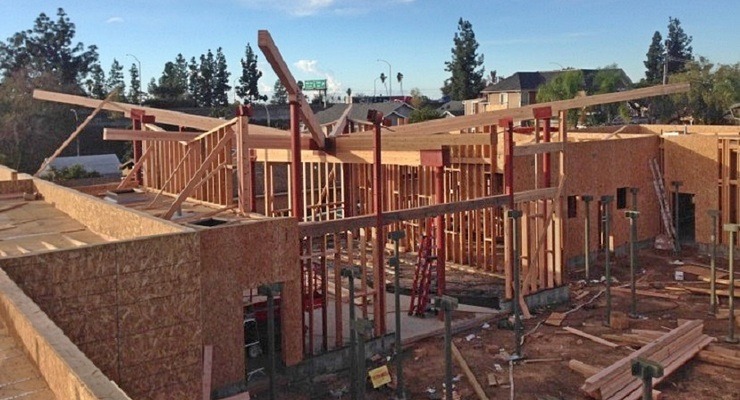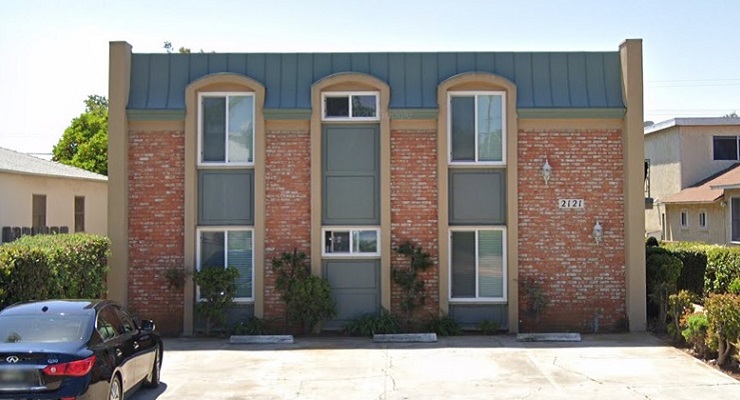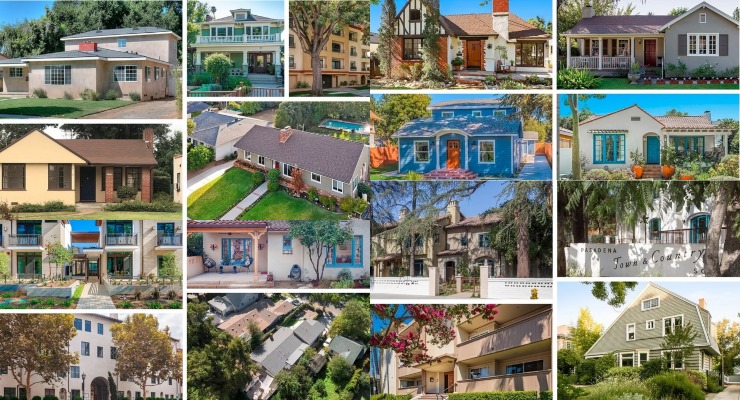
The lumber “bubble” finally burst in late July after a long, steady rise followed by a three-month nosedive, but that doesn’t necessarily mean that new housing prices will do the same, either nationwide or locally.
Two weeks ago, the price that sawmills charge distributors for lumber fell $90, to $485 per thousand board feet, according to industry trade publication Fastmarkets Random Lengths. Lumber prices had climbed as high as $1,670.50 per thousand board feet back in May.
And that’s not retail prices, which are still considerably higher than they were a year ago, nearly 100% from last year.
The reason why homebuyers aren’t necessarily seeing a dip in prices, and might not see them for a while, is due to a host of very basic economic concepts.
According to a recent CNBC report, the jump in prices was due to sudden soaring demand and low supply, both due to the pandemic. As the pandemic broke out across the nation, saw mills began to close and were slow to return to full production fast enough to meet the demand from builders and remodelers. Faced with the same four walls at home everyday, homebuyers and homeowners wanted more space, which translated to more lumber, said the report.
Now more people spend more money on vacations instead. Homebuilders are still seeing strong demand, but they have slowed construction due to those persistent high costs.
At the same time, sawmills have gotten back into operation, but like so many US businesses, many are having issues locating qualified labor.
Lower lumber prices are a welcome sign but not a reality yet on the retail side. Lumber prices are also still up nearly 100% from the spring of last year.
As one national mortgage newsletter noted recently, when lumber was at its peak price single-family home prices jumped by $35,875, according to a the National Association of Home Builders(NAHB).
Rising lumber prices also added almost $13,000 to the market value of a multifamily home, which translated to an additional $119 in monthly rent for a new apartment. Consider those prices demonstrably higher in Pasadena.
“This unprecedented price surge is hurting American home buyers and home builders and impeding housing and economic growth,” wrote Chuck Fowke, chairman of NAHB, in his analysis. Since that analysis, the prices of lumber dropped substantially to July, where they dropped to their lowest wholesales prices in nearly a year.
Although industry analysts say that the slide will continue until next year, it may take several cycles for new home prices to actually reflect the price of lumber.







